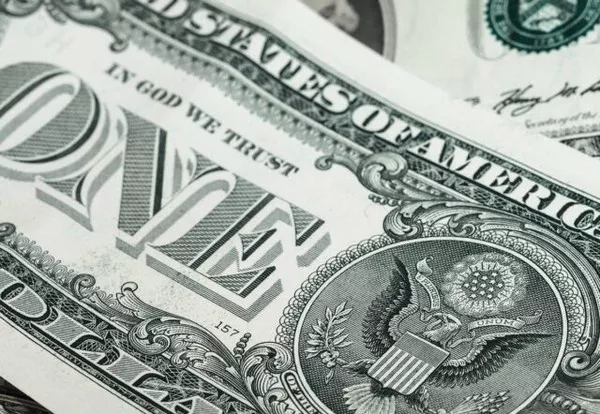The Indian rupee has been steadily depreciating against the US dollar in recent years, raising concerns among investors, policymakers, and the wider public. In this article, we will explore some of the key reasons behind this trend, including global economic factors, domestic policy decisions, and speculation in financial markets.
Global Economic Factors:
One of the main drivers behind the depreciation of the rupee against the dollar is the broader global economic environment. The US dollar remains the world’s dominant reserve currency, with the vast majority of international transactions being conducted in dollars. This means that fluctuations in the value of the dollar can have a significant impact on other currencies, including the rupee.
Some of the key global economic factors that are contributing to the fall of the rupee against the dollar include rising interest rates in the US, which makes the dollar more attractive to investors seeking higher yields. Additionally, geopolitical tensions, trade disputes, and other uncertainties around the world are causing investors to flock to safe-haven assets such as the dollar, further pushing up its value.
Domestic Policy Decisions:
Another important factor influencing the exchange rate between the rupee and the dollar is domestic policy decisions made by the Indian government and central bank. For example, changes in interest rates, fiscal policies, and regulations can all impact the demand for and supply of rupees in the foreign exchange market.
In recent years, some policies implemented by the Indian government have created uncertainty and volatility in the currency markets, leading to a weaker rupee. For example, the government’s demonetization efforts and the introduction of the Goods and Services Tax (GST) caused disruptions in the economy, leading to a slowdown in growth and a decrease in investor confidence.
Speculation in Financial Markets:
Finally, speculation in financial markets also plays a role in the depreciation of the rupee against the dollar. Currency traders and other investors often make bets on the future direction of exchange rates, taking advantage of small fluctuations in the market to make profits.
In some cases, speculation in the financial markets can become excessive, leading to large swings in exchange rates that are not always justified by underlying economic fundamentals. This type of speculation can lead to increased volatility in the market and can exacerbate the fall of the rupee against the dollar.
What Are the Implications of a Falling Rupee?
A falling rupee can have a number of implications for the Indian economy and its citizens. Here are some of the key factors to consider:
Increased Inflation: A weaker rupee makes imports more expensive, which can lead to higher prices for consumers. This can contribute to inflation, making it more difficult for the central bank to control price levels.
Reduced Purchasing Power: A weaker currency also means that Indian consumers and businesses have less purchasing power when buying goods and services from abroad. This can make it more difficult for companies to compete internationally and can limit consumer choices.
Increased Debt Burden: If India has borrowed money in dollars or other foreign currencies, a weaker rupee can make it more difficult to repay those debts. This can lead to higher interest rates and other financial strains on the government and private sector.
Negative Impact on Investment: A falling rupee can also discourage foreign investment in India, as investors may be concerned about the risk of further depreciation. This can limit economic growth and job creation.
Conclusion:
In conclusion, a range of global economic factors, domestic policy decisions, and speculation in financial markets are contributing to the fall of the Indian rupee against the US dollar. While some of these factors are outside of the control of policymakers and individuals, there are steps that can be taken to mitigate the impact of a weakening currency.
For example, the Indian government could take steps to improve the investment climate in the country, including reducing red tape and providing greater clarity around regulations. The central bank could also consider measures such as interest rate adjustments or interventions in the foreign exchange market to stabilize the value of the rupee.
Ultimately, addressing the complex factors driving the depreciation of the rupee against the dollar will require a coordinated effort by policymakers, businesses, and citizens alike. By working together to promote economic stability and growth, India can overcome this challenge and continue to thrive in the global economy.


